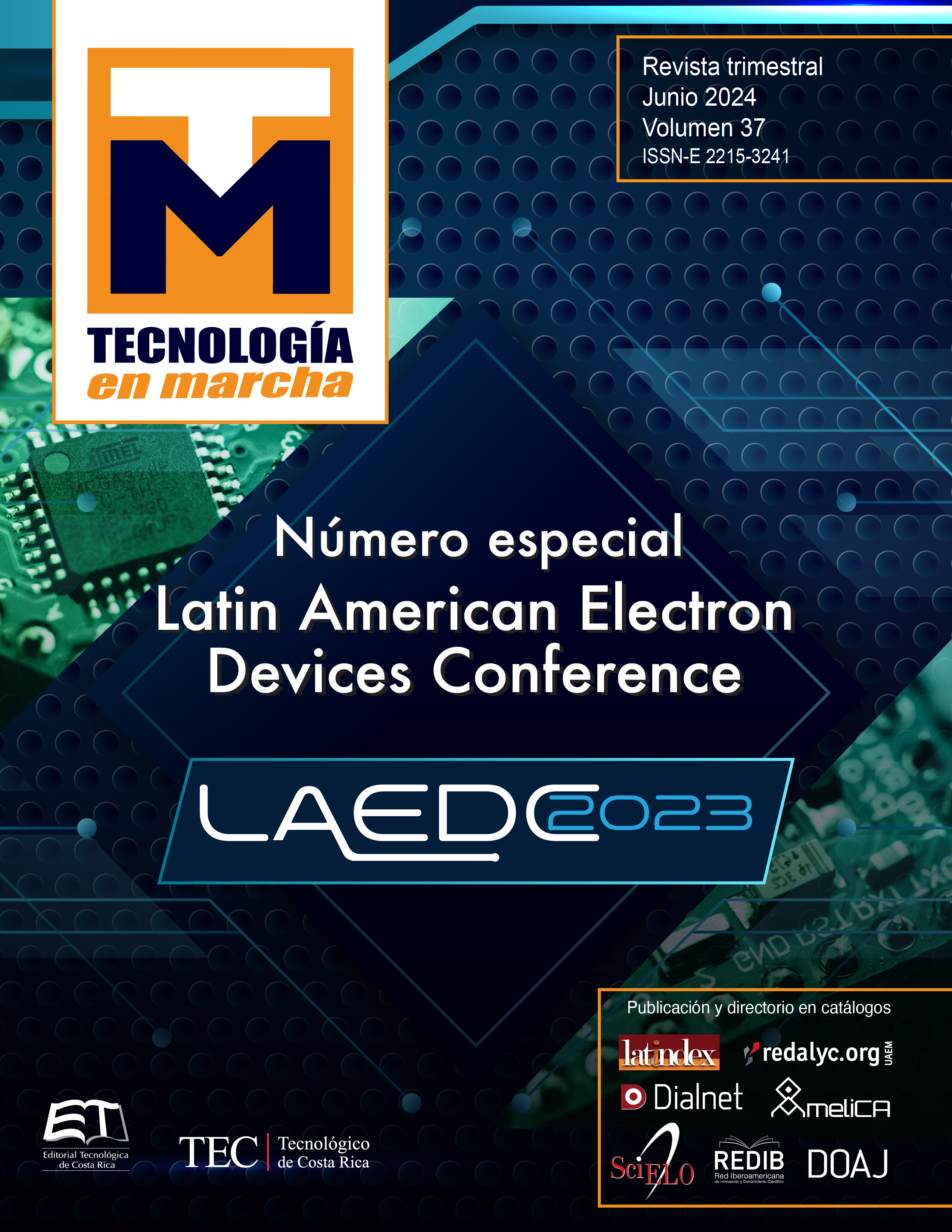Development of electric hand prothesis controlled by voice commands and muscle sensors
Main Article Content
Abstract
Prosthetic technology has advanced significantly in recent years, giving people who have lost limbs the chance to restore mobility and independence. Electric hand prosthesis controlled by voice instructions and muscle sensors represent one interesting area of advancement. This study focuses on the creation of an electric hand prosthesis that can be voice-controlled and muscle-sensing, with a focus on the usage of 3D-printed polylactic acid (PLA) and fiberglass reinforced with pineapple leaves. The goal of this project is to examine the viability and advantages of using these cutting-edge materials in the manufacture of prosthetic components. The project also seeks to investigate the possibilities of implantable myoelectric sensors in conjunction with voice instructions for natural prosthesis control. The inquiry is still in its early stages, with a focus on gathering real-time system values while it is in use. This research aims to advance prosthetic technology by shedding light on these developments, ultimately improving the lives of those who have lost limbs. And developing a prototype of the discoveries.
Article Details

This work is licensed under a Creative Commons Attribution-NonCommercial-NoDerivatives 4.0 International License.
Los autores conservan los derechos de autor y ceden a la revista el derecho de la primera publicación y pueda editarlo, reproducirlo, distribuirlo, exhibirlo y comunicarlo en el país y en el extranjero mediante medios impresos y electrónicos. Asimismo, asumen el compromiso sobre cualquier litigio o reclamación relacionada con derechos de propiedad intelectual, exonerando de responsabilidad a la Editorial Tecnológica de Costa Rica. Además, se establece que los autores pueden realizar otros acuerdos contractuales independientes y adicionales para la distribución no exclusiva de la versión del artículo publicado en esta revista (p. ej., incluirlo en un repositorio institucional o publicarlo en un libro) siempre que indiquen claramente que el trabajo se publicó por primera vez en esta revista.
References
P. F. Pasquina et al., “First-in-man demonstration of a fully implanted myoelectric sensors system to control an
advanced electromechanical prosthetic hand,” Journal of Neuroscience Methods, vol. 244, pp. 85–93, Apr.
, doi: https://doi.org/10.1016/j.jneumeth.2014.07.016.
P. Bifulco et al., “A stretchable, conductive rubber sensor to detect muscle contraction for prosthetic hand
control,” 2017 E-Health and Bioengineering Conference (EHB), Jun. 2017, doi: https://doi.org/10.1109/
ehb.2017.7995389.
D. R. Merrill, J. Lockhart, P. R. Troyk, R. F. Weir, and D. L. Hankin, “Development of an Implantable Myoelectric
Sensor for Advanced Prosthesis Control,” Artificial Organs, vol. 35, no. 3, pp. 249–252, Mar. 2011, doi: https://
doi.org/10.1111/j.1525- 1594.2011.01219.x.
K. Wendo et al., “Open-Source 3D Printing in the Prosthetic Field—The Case of Upper Limb Prostheses: A
Review,” Machines, vol. 10, no. 6, p. 413, May 2022, doi: https://doi.org/10.3390/machines10060413
A. Kohli, S. Ishwar, M. J. Charan, C. M. Adarsha, A. Y. Patil, and B. B. Kotturshettar, “Design and Simulation study
of pineapple leaf reinforced fiber glassas an alternative material for prosthetic limb,” IOP Conference Series:
Materials Science and Engineering, vol. 872, no. 1, p. 012118, Jun. 2020, doi: https://doi.org/10.1088/1757-
x/872/1/012118.
J. P. Ángel-López and N. Arzola de la Peña, “Voice Controlled Prosthetic Handwith Predefined Grasps and
Movements,” VII Latin American Congress on Biomedical Engineering CLAIB 2016, Bucaramanga, Santander,
Colombia, October 26th -28th, 2016, pp. 520–523, 2017, doi: https://doi.org/10.1007/978- 981-10-4086-3_131.

